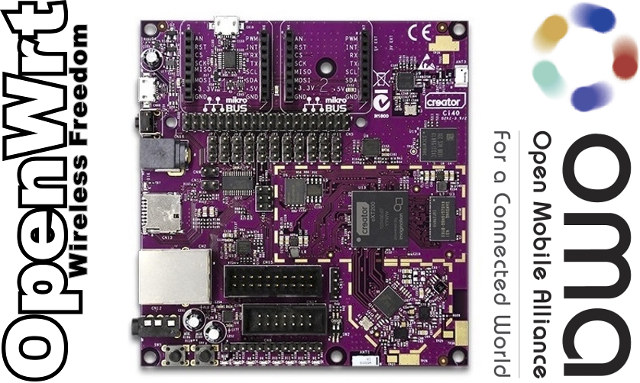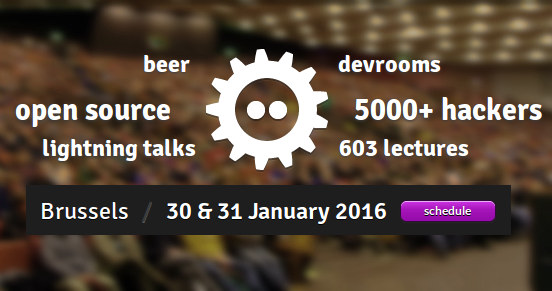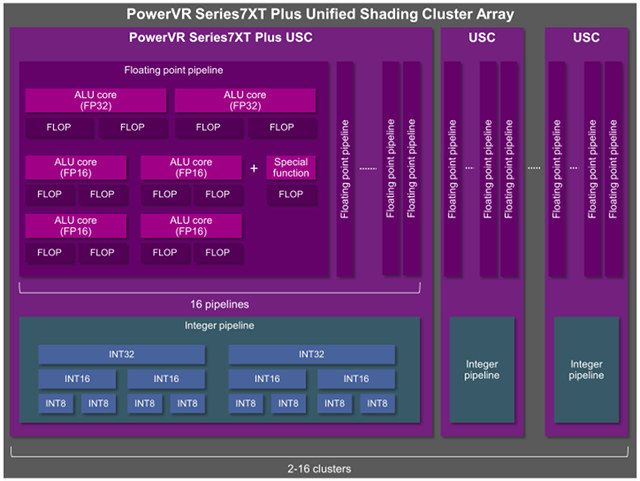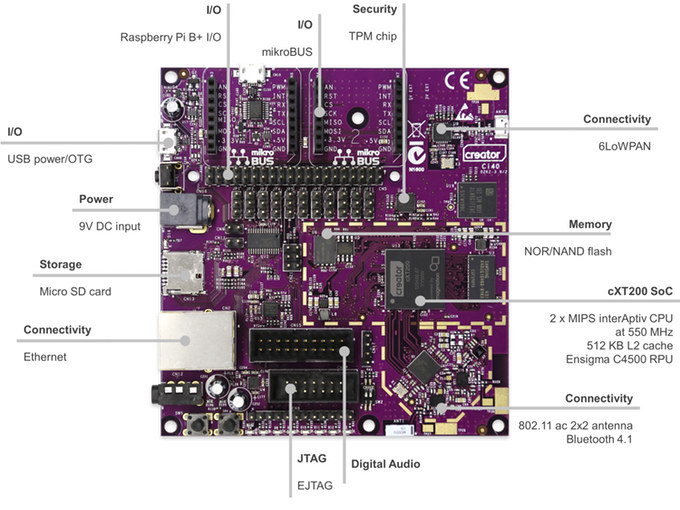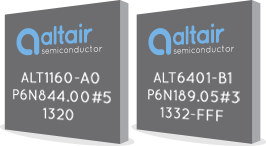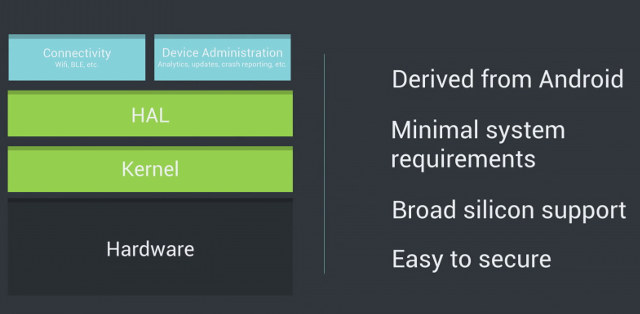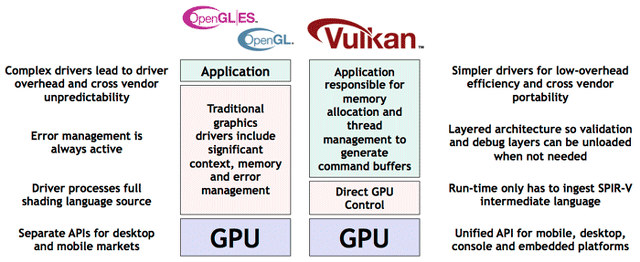MIPS Creator Ci40 is a development board made by Imagination technology that features the company’s Creator cXT200 “Pistachio” SoC with a dual core MIPS interAptiv processor @ 550MHz and Ensigma C4500 RPU for 802.11ac/ BT 4.1 LE connectivity. The boards are supposed to be shipped to Kickstarter backers in April, but in the meantime, the company has released the source code for OpenWrt distribution as well as LWM2M stack for the board. OpenWRT source code is available in OpenWrt repo in FlowM2M gitbub account. Building the code for MIPS Creator Ci40 is quite straightforward:
|
1 2 3 |
git clone https://github.com/FlowM2M/openwrt cd openwrt make menuconfig |
Select IMG MIPS Pistachio in make menuconfig, save the settings, and then run make to build OpenWrt for the board. This will also build the toolchain, so you don’t need to install any before hand. LWM2M stands for Lightweight Machine to Machine, and is a protocol from the Open Mobile Alliance (OMA) for M2M / […]


